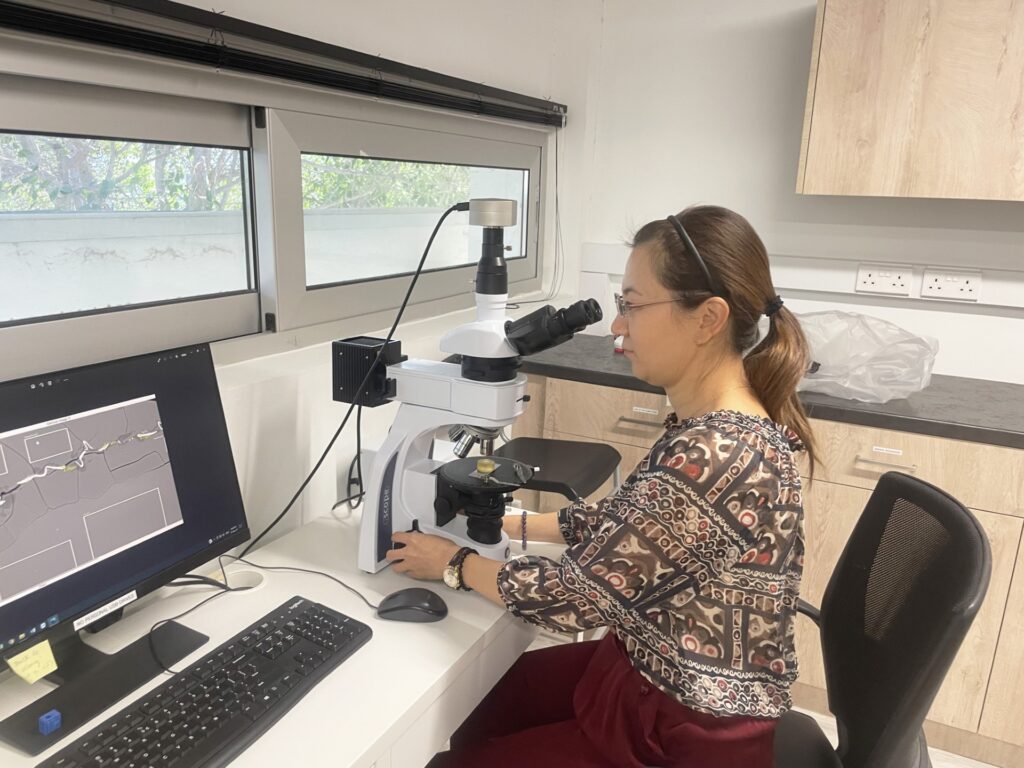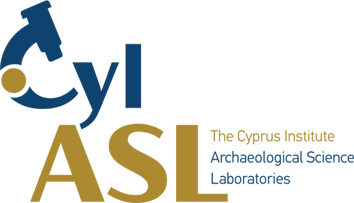Ilia Kovalev

Ilia is a MSCA Doctoral fellow, conducting research in the PlaCe – International Training Network framework. He holds a Master’s degree in the Sciences of Archaeological Materials (MA-ARCHMAT, 2018) and a Master’s degree in History specialising in Archaeology (KubSU, 2017). Ilia has participated in several Archaeological field excavations across Europe and Asia. Also, he has obtained laboratory work experience in Hercules Lab (Evora, Portugal).
Research Interests
Archaeometry, ancient pigment production, pigment characterization, pottery, non-invasive and micro-invasive analytical techniques, Hellenistic Archaeology, History of Art. (Click here to view Ilia’s project)
Chase Minos

Chase is an MSCA Doctoral Fellow researching as part of the PlaCe-International Training Network. His project is entitled ‘Raw Materials in the Production of Ancient Cypriot Ceramics. He was sampling the Cypriot geoenvironmental. Chase received his BA (Honours) in Ancient History and Archaeology from the University of St Andrews in 2015. He received his first Master’s in Archaeology at the University of Cambridge in 2016. For his second, he received a Master of Science in Experimental Archaeology and Material Culture at University College Dublin, during which he was awarded the Ruadhrí de Valéra Memorial Prize.
Research Interests
Ceramic Technology, Bronze Age Mediterranean, Experimental Archaeology, Archaeometry, Geographic Information Systems, Soil Mechanics. (Click here to view Chase’s project)
Qian Cheng

Qian CHENG is a research fellow at the China National Institute of Archaeology and a PhD candidate at the Cyprus Institute. She finished both her MA in Principles of Conservation and MSc in Scientific Analysis of Archaeological Materials at the UCL Institute of Archaeology. When she studied for her MSc degree, her supervisor, Prof. Rehren showed her an amazing ‘glass world’ that displays the diverse inventions and creativity of ancient people from different civilizations. By scientific analysis, more interesting and valuable discoveries combined with art, techniques and history through the glass material can be constantly explored and understood. After she graduated from UCL, she started to work on Chinese archaeological glasses in terms of provenance and manufacture. In recent years, she investigated archaeological glass ornaments such as beads from Xinjiang, Shan’xi and Tibet, important stations along the ancient Silk Road. Furthermore, she is involved in international collaborations and studying Islamic glass bangles from the UAE and Qatar. In the past several years, she has led projects funded by the China National Cultural Heritage Administration and National Social Science Foundation. She is also in charge of the Project “Application of Synchrotron Radiation on the Manufacture of glass alone the Land and Maritime Silk Road” funded by the China National Natural Science Foundation. She has published more than ten papers in international journals and presented her research at several international conferences.
At the same time, she is enthusiastic about the conservation of Chinese cultural heritage. It was a great honour for her to contribute to Chinese World Cultural Heritage sites such as the Goguryeo royal tombs and interior wall painting, Dazu painted stone carvings, and the waterlogged timber structure from a mausoleum dated more than two thousand years ago. She has published about twenty conservation papers and edited three books which demonstrated the outcomes of relevant conservation projects.
